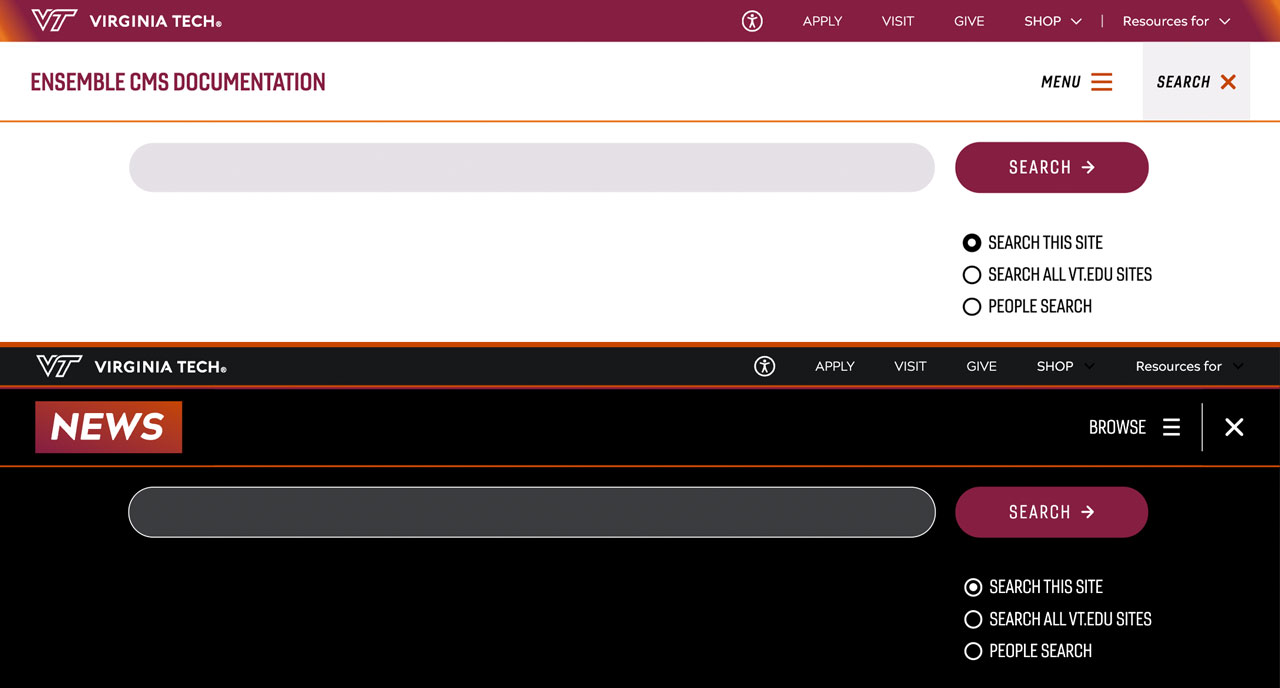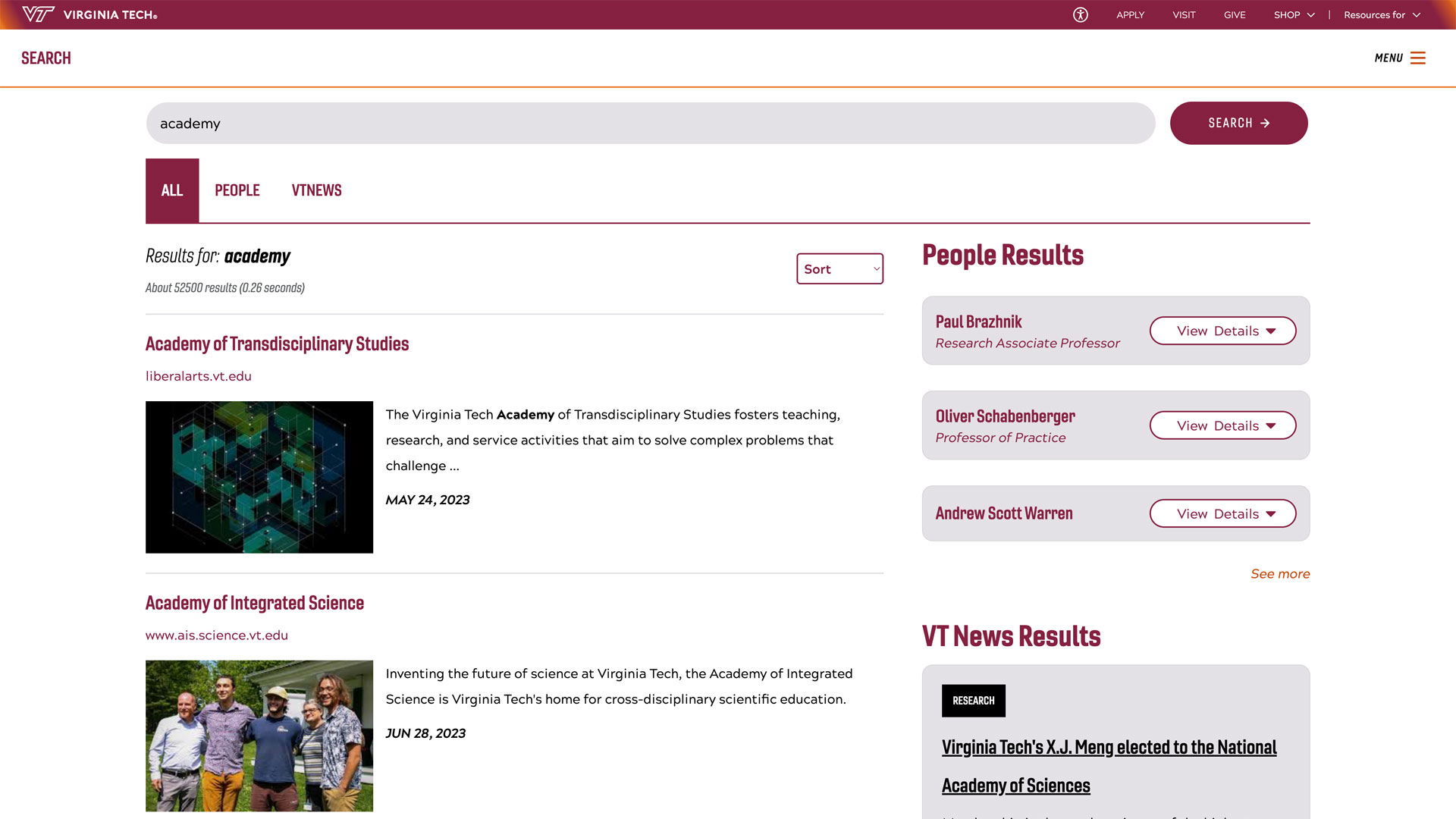Helping international students thrive in the classroom
Faculty development programs offer strategies to support learning styles and enrich the classroom experience.

Mike Garrett sees beyond the silence in his classroom. When an international student hesitates during class discussions despite clearly understanding the material, the Language and Culture Institute instructor doesn’t assume disinterest. Instead, he recognizes cultural dynamics at play.
“I’ve had students from different cultural backgrounds in the same classroom, and some tend to dominate discussions or presentations,” Garrett said. “Others may want to speak but won’t compete because their home countries emphasize different classroom norms.”
This cultural awareness shapes Garrett’s teaching approach. Rather than letting more extroverted students monopolize conversations, he facilitates participation, creating space for a range of voices.
“I’ll explicitly say, ‘Pause for a minute,’ and look at other students, saying, ‘Let's hear from this side of the room,’” Garrett said. “Usually, they respond with, ‘OK, now’s my chance,’ and contribute their thoughts.”
His experience teaching internationally equipped Garrett with valuable insights into the challenges international students can face at American universities. This perspective informs his adaptable teaching methods, which include providing alternative ways for students to demonstrate knowledge beyond verbal discussion.
“Discussion isn’t always the best way to get responses,” he said. “Sometimes I’ll have students write answers anonymously, so we can look at all responses without anyone feeling exposed. It creates a visual reference everyone can engage with.”
Nurturing learning and growth for all
Garrett’s approach reflects a growing recognition at Virginia Tech: Strategies that support international students enhance learning for all by fostering supportive educational environments.
Elsie Paredes, director of the Language and Culture Institute, part of Outreach and International Affairs, understands this firsthand. As a former international student from Peru, she brings a deep awareness of the academic and cultural adjustments students must navigate.
“Being an international student was a transformative experience for me,” Paredes said. “I know what it’s like to arrive in a new country, learn a different academic system, and figure out how to make my voice heard.”
Her own journey informs her teaching philosophy, emphasizing empathy, cultural awareness, and practical strategies for student success.
“Sometimes, students don’t participate not because they don’t want to, but because they’re still learning the unwritten rules of engagement in American classrooms,” she said. “Creating a supportive environment where they feel confident enough to contribute benefits everyone.”
Lauren Oliver, director of the Cranwell International Center, which serves the university’s more than 4,100 international undergraduate and graduate students, agrees.
“International students are a vital part of the Virginia Tech community,” Oliver said. “They make an impact in countless ways — through world-class research, leadership in their student organizations, and excellence in athletics. I’m only scratching the surface of their contributions toward Virginia Tech’s global distinction.”
Effective teaching strategies
Rob Emmett, Cranwell’s associate director for international programs, highlights the importance of context in cross-cultural communication.
“What signals engagement in one culture could indicate disrespect in another,” Emmett said. Providing multiple modes of demonstrating participation supports a greater variety of learners.”
Faculty can adopt simple strategies to create more respectful classrooms:
Provide context: “Explaining the ‘why’ behind academic processes helps students see the bigger picture,” Emmett said.
Distribute materials in advance: Sharing discussion questions 24 hours before class can significantly improve participation.
Recognize cultural differences in communication: Garrett encourages allowing time for thoughtful silence, which many cultures value for deeper reflection.
Connect students with resources: Direct students to campus support services like the Writing Center at Newman Library.
Faculty development opportunities
Virginia Tech offers multiple professional development opportunities through the Cranwell International Center.
“We are always glad to provide support to departments or individuals looking to improve the international student experience,” Oliver said. “Anyone is welcome to reach out at any time.”
On April 17, from 10-11 a.m., the center will host a Zoom panel, “The Unique Needs of International Students Navigating Higher Education.” Speakers include Oliver, Paredes, and Alessandra Rosetti, global mentor program coordinator with the Pamplin College of Business.
“We’ll discuss the unique questions and challenges international students face and share resources available to advisors and students,” Oliver said.
The center also offers a new training course, “Introduction to Supporting International Students.” Led by Emmett and Erica Coates from Cook Counseling Center, the course provides strategies for fostering effective classroom environments.
Additional resources
Cranwell also maintains a learning resources webpage for faculty and staff interested in supporting international students and offers custom intercultural training sessions for departments across the university.
Faculty and staff can also subscribe to the CranwellConnect email list for biweekly updates on events and resources for international students and intercultural learning.
Garrett encourages faculty members to familiarize themselves with available support services.
“Professors don’t always have time to provide one-on-one support,” Garrett said. “Recognizing when a student is struggling and referring them to university resources can make all the difference — from finding a conversation partner to navigating life in the U.S.”




